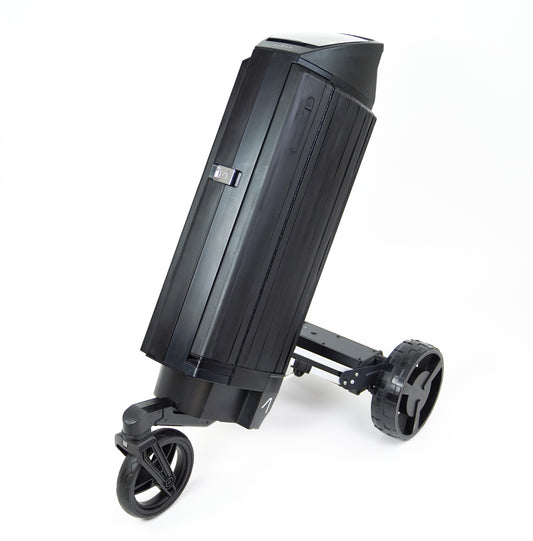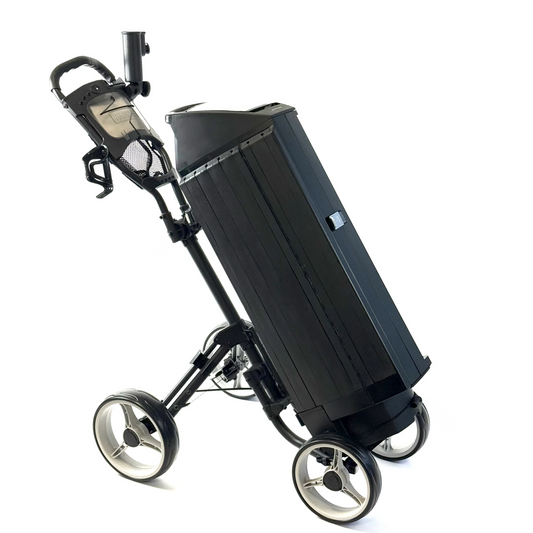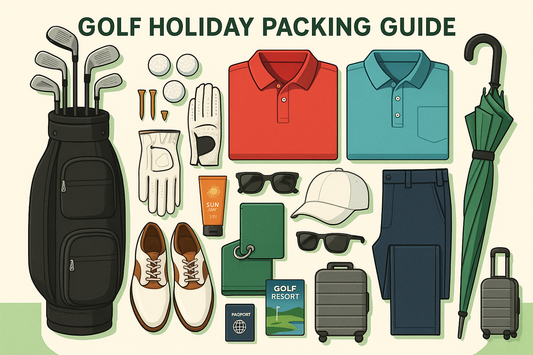50 Essential Golf Terms Every Player Should Know
Golf has a rich vocabulary that can be confusing for beginners and even some seasoned players. From “birdie” to “yips,” understanding golf terminology is essential for enjoying the game and improving your score. This guide covers common terms, unusual terms, golf etiquette, shot types, course parts, handicaps, and tips to improve your game.
Basic Golf Terms
Ace
An ace, also called a hole-in-one, happens when you sink the ball in a single stroke. It typically occurs on par-3 holes but occasionally on longer holes. Tradition encourages celebrating an ace with your group or the clubhouse.
Albatross
Also known as a double eagle, an albatross is completing a par-5 hole in just two strokes a rare and impressive feat even for professionals.
Eagle
An eagle is scoring two strokes under par on a hole, most commonly on par-5 holes when reaching the green in two shots and sinking the putt.
Birdie
A birdie is one stroke under par, such as scoring 3 on a par-4 hole. Birdies are highly celebrated by golfers of all levels.
Par
Par represents the expected number of strokes an experienced golfer should take to complete a hole. Courses assign holes as par-3, par-4, or par-5. A round played “at par” typically scores 72 on a standard course.
Bogey
A bogey is one stroke over par. Playing “bogey golf” usually means averaging one bogey per hole.
Double and Triple Bogey
A double bogey is two strokes over par, while a triple bogey is three strokes over. Avoiding penalties and improving approach shots reduces these scores.
Funny and Unusual Golf Terms
Mulligan
A mulligan allows a golfer to redo a shot, usually in casual play. Official tournaments do not allow mulligans.
Chunk (Fat) or Thin (Skinny)
A chunk happens when the club hits the ground before the ball, sending the ball short. A thin shot hits the ball too high, causing excessive roll.
Gimme Putt
A short putt that other players agree you can count as made without actually putting.
Flop Shot
A high, soft shot that lands gently on the green, usually played with a lob or sand wedge.
Yips
Muscle spasms or mental blocks that interfere with putting, causing shaky swings.
Shank
The dreaded “S-word” in golf hitting the ball off the club’s heel or neck, sending it wildly off course.
Lip Out
A putt that hits the edge of the hole and doesn’t drop.
Slice and Hook
* Slice: Ball curves excessively right (for right-handed golfers).
* Hook: Ball curves excessively left (for right-handed golfers).
Snowman
Scoring 8 on a hole, named for its resemblance to a snowman on the scorecard.
Waggle
A small movement before hitting the ball to relax muscles and improve focus.
Fried Egg
When the ball is partially buried in a bunker, resembling a fried egg, requiring finesse to escape.
Golf Phrases and Course Terminology
Caddie
A person who carries your clubs and gives advice. A fore-caddie walks ahead to locate balls and assists the group.
Fore
A warning shout if a ball may hit someone. Always yell “fore” for safety.
Tee Box
The starting area of a hole. Tee behind the markers to avoid penalties.
Fairway
The well-maintained area between the tee and green. Landing here increases your chances of a good score.
Green
The area around the hole, often tracked by “greens in regulation.”
Fringe
A slightly taller grass surrounding the green. Shots from here are usually chip-and-roll.
Rough
Long grass around the fairway or green, making shots more challenging.
Putt
A shot with a putter on the green aimed at sinking the ball with minimal strokes.
Bunker
A sand-filled hazard, also called a sand trap. Can be greenside or fairway bunkers.
Links
Refers to European-style courses, often flat with large greens.
Slope Rating
Measures course difficulty for amateurs, ranging from 55–155. Higher numbers mean harder courses.
Scratch and Handicap
* Scratch golfer: Handicap of zero, plays at or below par.
* Handicap: Average strokes over par, allowing players of different skills to compete.
Example: A golfer averaging 95 on a par-72 course has a handicap of 23.
Pull/Push
* Pull: Shot goes left (for right-handed players).
* Push: Shot goes right (for right-handed players).
Short-Sided
When hitting an approach shot with little green to work with, making recovery more difficult.
Ready Golf
A pace-of-play method where golfers hit when ready rather than strictly following order.
Green Fee
The cost for a round, varying by time of day and number of holes.
Elevate your golf game with the Premium Golf Bag Uforia E-Drive Suite, the ultimate all-in-one solution for effortless luxury on the course. This premium set includes 17 expertly designed products, featuring motorised E-Drive wheels, a sleek R2 Carrier Bag, insulated cooler with ice packs, shoe bag, course tools, phone holder, and more. With the simple click of slotting your Uforia Golf Bag into the motorised base, the E-Drive handles all the heavy lifting, allowing you to glide alongside your bag while focusing entirely on your game. Upgrade with the Sidekick Follow-Me System to enjoy hands-free, intelligent auto-following convenience, ensuring your bag tracks perfectly at your side or behind you. From your first drive to your final putt, the Uforia E-Drive Suite keeps you organized, stylish, and completely in control, transforming every round into a seamless, premium experience.
Types of Golf Shots
Drive: The first shot on a hole, usually with a driver.
Chip: Short shot to get the ball onto the green.
Pitch: Higher, shorter shot for approaching the green.
Flop: Very high shot landing softly.
Putt: Rolling the ball into the hole.
Hook/Slice: Curved shots caused by clubface angle.
Golf Etiquette Tips
1. Respect the course: Repair divots, rake bunkers.
2. Safety first: Always yell “fore.”
3. Keep pace: Play ready golf to avoid delays.
4. Quiet on the shot: Don’t distract golfers during swings.
5. Observe local rules: Follow club-specific regulations.
How to Improve Your Golf Score
1. Practice putting: Spend 50% of practice time on short putts.
2. Work on driving accuracy: Hitting fairways consistently lowers scores.
3. Short game focus: Chipping and pitching reduce extra strokes.
4. Understand course management: Avoid risky shots; aim for safer plays.
5. Track stats: Greens in regulation, fairways hit, and putts per round help identify weaknesses.
Choosing the Right Golf Clubs
* Beginners: Start with a basic set (driver, 3-wood, irons 5–9, wedge, putter).
* Intermediate players: Consider hybrid clubs for longer approach shots.
* Advanced golfers: Customize lofts and shafts for your swing style and shot types.
FAQ: Golf Terms & History
Where did the word “golf” come from?
First recorded in 1457 in Scotland, meaning “to strike or cuff.”
What is a condor in golf?
Scoring four under par on a single hole extremely rare.
What does “bite” mean in golf?
When a ball spins and stops quickly on the green after landing.
How is handicap calculated?
Subtract course rating from your score, multiply by 113 (standard slope), divide by slope rating.
What is the difference between birdie and bogey?
Birdie = 1 under par; bogey = 1 over par.







